Eek a mouse!
Inputting music with a mouse and a computer keyboard, even though its possible in most DAWs, is (as I see it) very limited. Firstly in its expression, it misses touch sensitivity so by default every note typed has the same velocity. Not good. Secondly because when you start adding expression, for instance by drawing it with the mouse, you are focusing on the details not on the song.
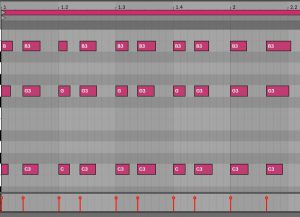
What better way than a MIDI piano keyboard that allows you to input music in an expressive way in one go? Well, it might be that the piano keyboard is not your thing, but a guitar or flute is. Then you might want to use that to input notes. But other than recording the sound from the instrument is that any use when you want to record different sounds? Probably not. The most flexible way to record music is through MIDI notes and expression. The recorded notes can be connected with different synthesized or sampled sounds and voila. Lots of room for experimentation.
Enter the pads
As a keyboard player I am used to find my way on a piano keyboard, but why would I then be interested in alternatives? In short, I personally am not. Until now I have tried finding my way on new pad based alternatives:
The last one is the latest addition and the inspiration to start writing about it. The Push and the Launchpad were in a way less inspiring to use than the Lightpad M or so it seems. Also, the Lightpad M is nice and soft.
When trying to find my way on the Push, I found that its main inspiring purpose for me is controlling the Ableton Live Session View. For the Launchpad this also seems to be the main purpose. This is the view that you would use when playing live, or when jamming and piecing together a new song. The jamming and piecing together a new song has some clever tricks to allow you to enter musical notes and make sure you’re never out of key.
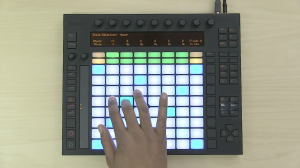
But then you have to set the right key to play in. And what if your song modulates through several keys? Not very intuitive there when I tried it. Most dance mixes keep it simple, so fair enough. And of course since its first inception these products have evolved and I might not have caught up. It is probably better than ever, but probably most for people that do not enjoy playing on a regular piano keyboard.
Triggered!
Maybe you noticed that I said musical notes, because its different for drums. When the pad changes to a drum pad it is actually better than hitting the piano keys. The mapping on screen is already a square 4×4 pad in Ableton and when you have the same mapping on the pads of Push or the Lightpad M it all starts to make sense.
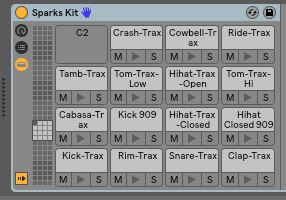
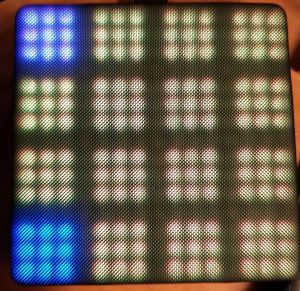
I found that the Lightpad M takes some practice (for me), but in the end really results in inspiring drum tracks. Until now I used Xfer Nerve as a drum machine and then layered real drum loops and recording over it. Starting with the Lightpad M I see an alternative. Expressive in the Roli way and intuitive.
Also this year I saw a lot of pads appearing on stage supplementing regular keyboards, mostly not synths but controllers by the way. I imagine that these pads mostly trigger a few notes and samples
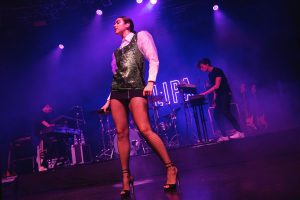
The labeling on these is so tiny that you can’t see it from the audience, but I’m guessing its mostly the Launchpad. The Lightpad M is, like others of its kind can also be charged and used wirelessly, MIDI over Bluetooth. I would personally not bet my live performance on a wireless Bluetooth connection, but that’s just me.
So in short. I am sold on the concept of using pads for triggering sounds and drums, being a piano keyboard player. If I look around on the live stages, its here to stay. When you are not a piano keyboard player it might just be your new way to play notes.
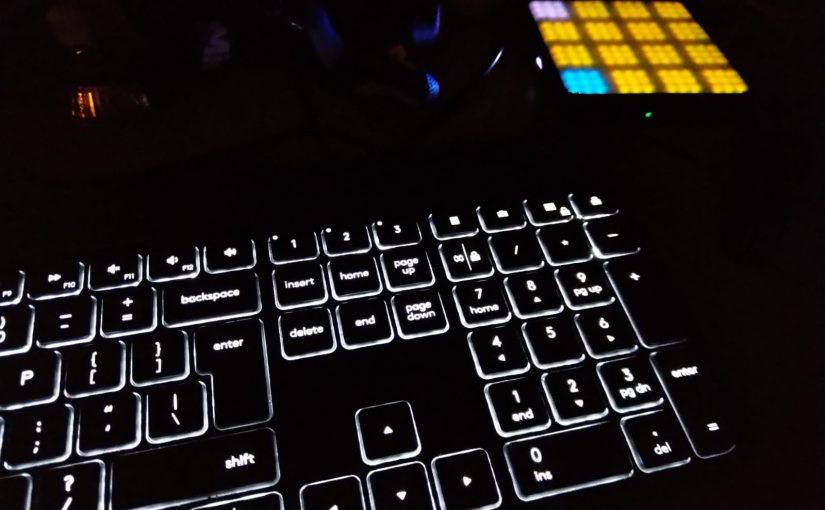
I have recorded some keyboard experiments, using strings, choir, organ and overdrive. Would you like to hear some of my work?
Of course! You can leave a link on https://soundcloud.com/b2fab